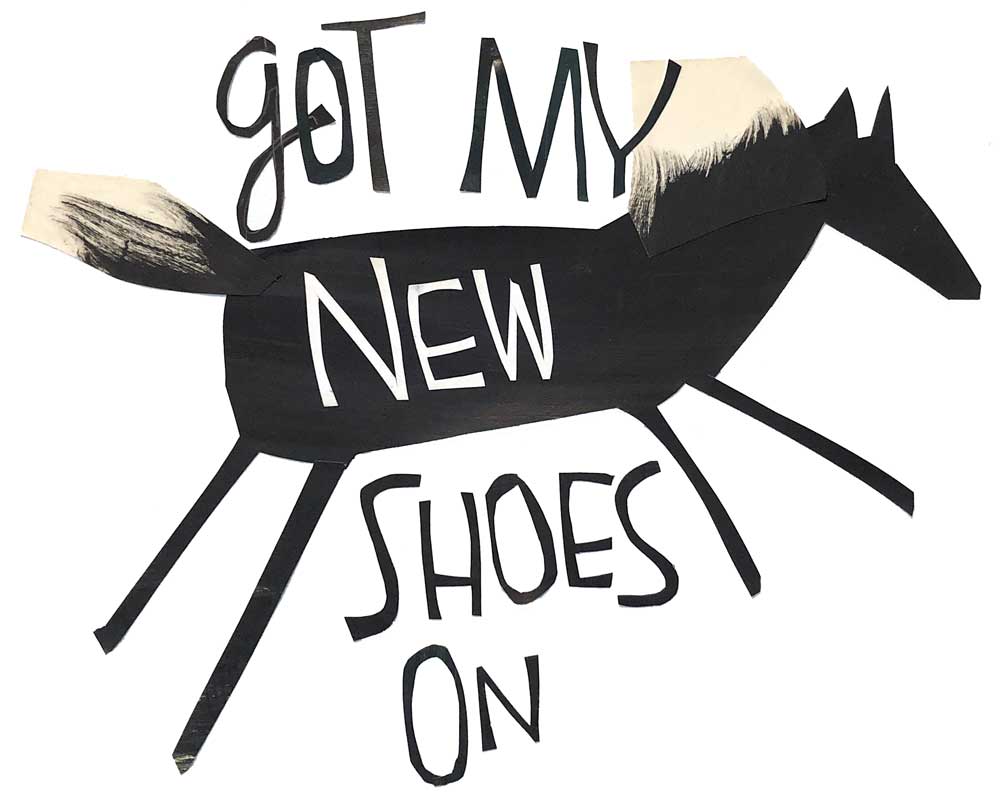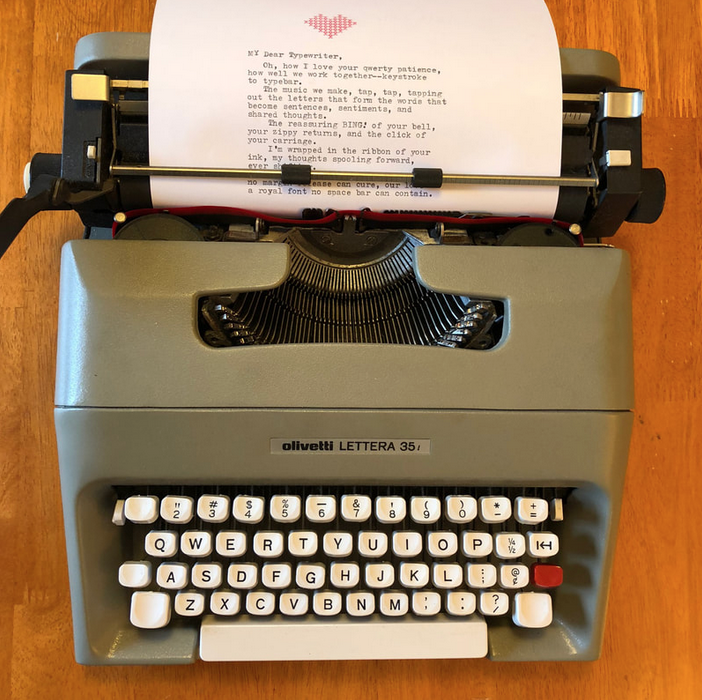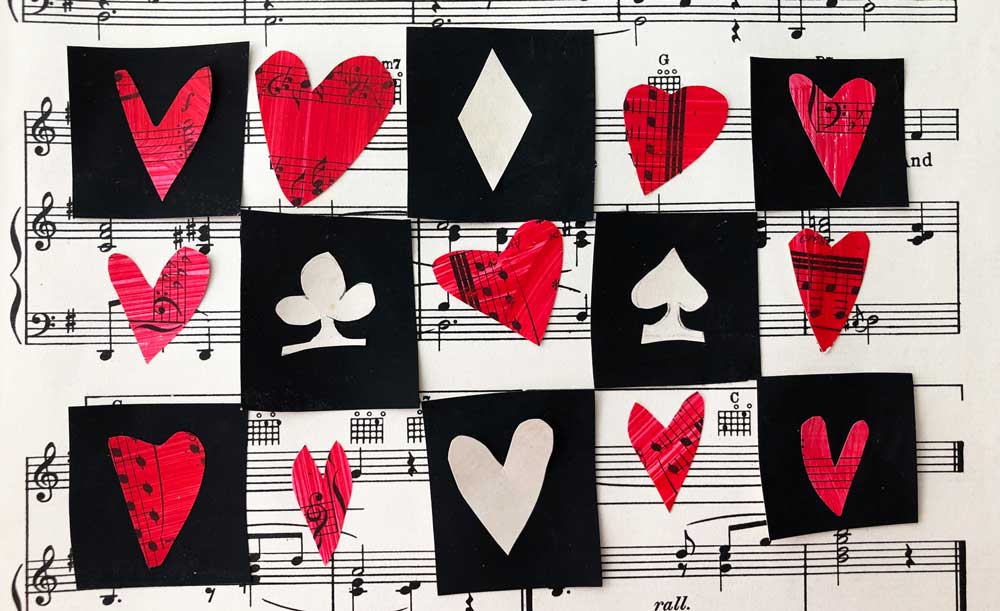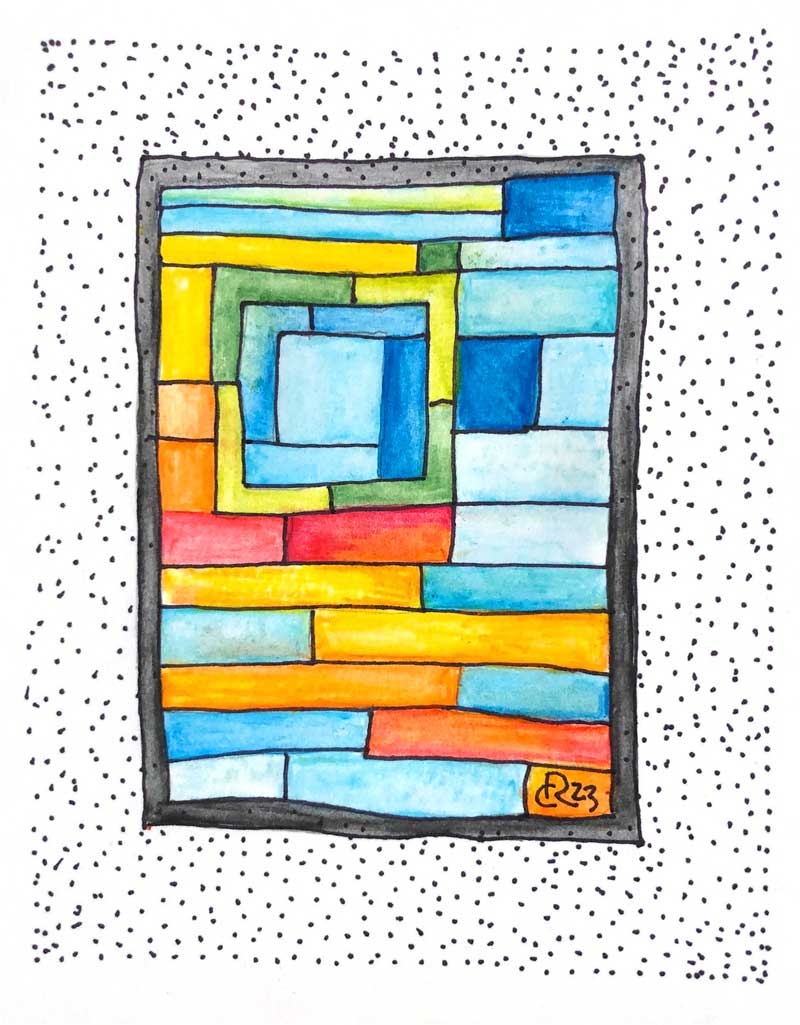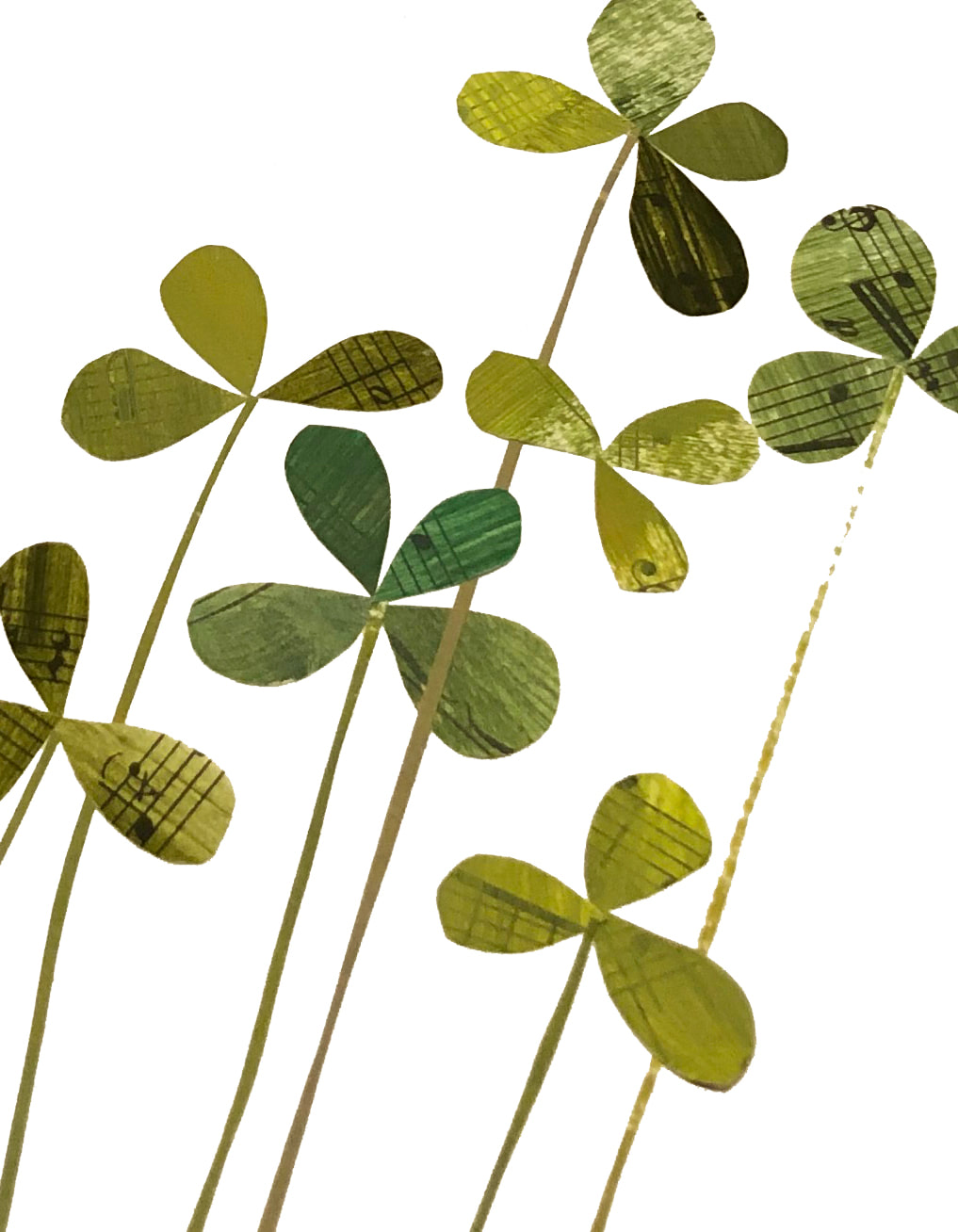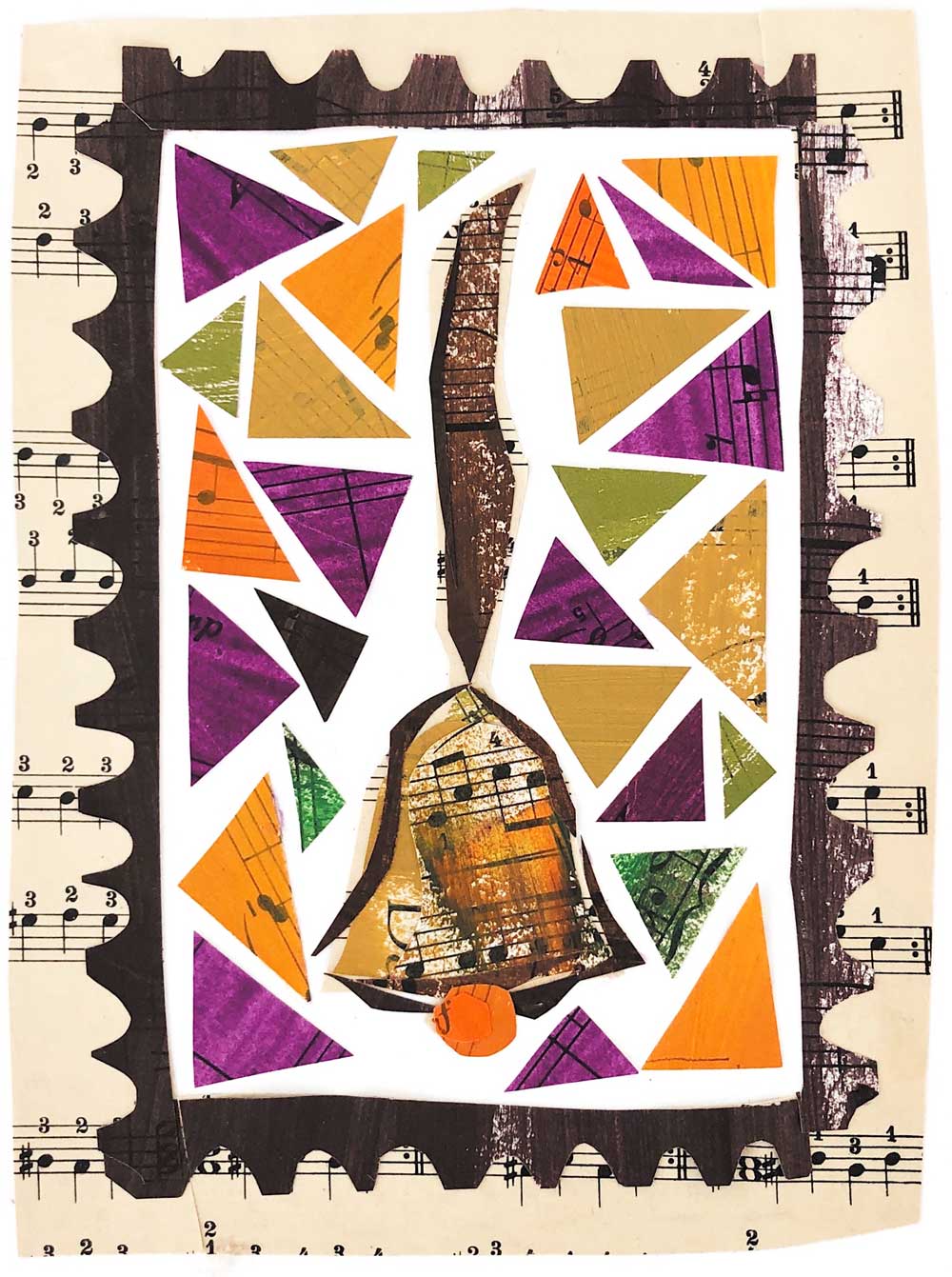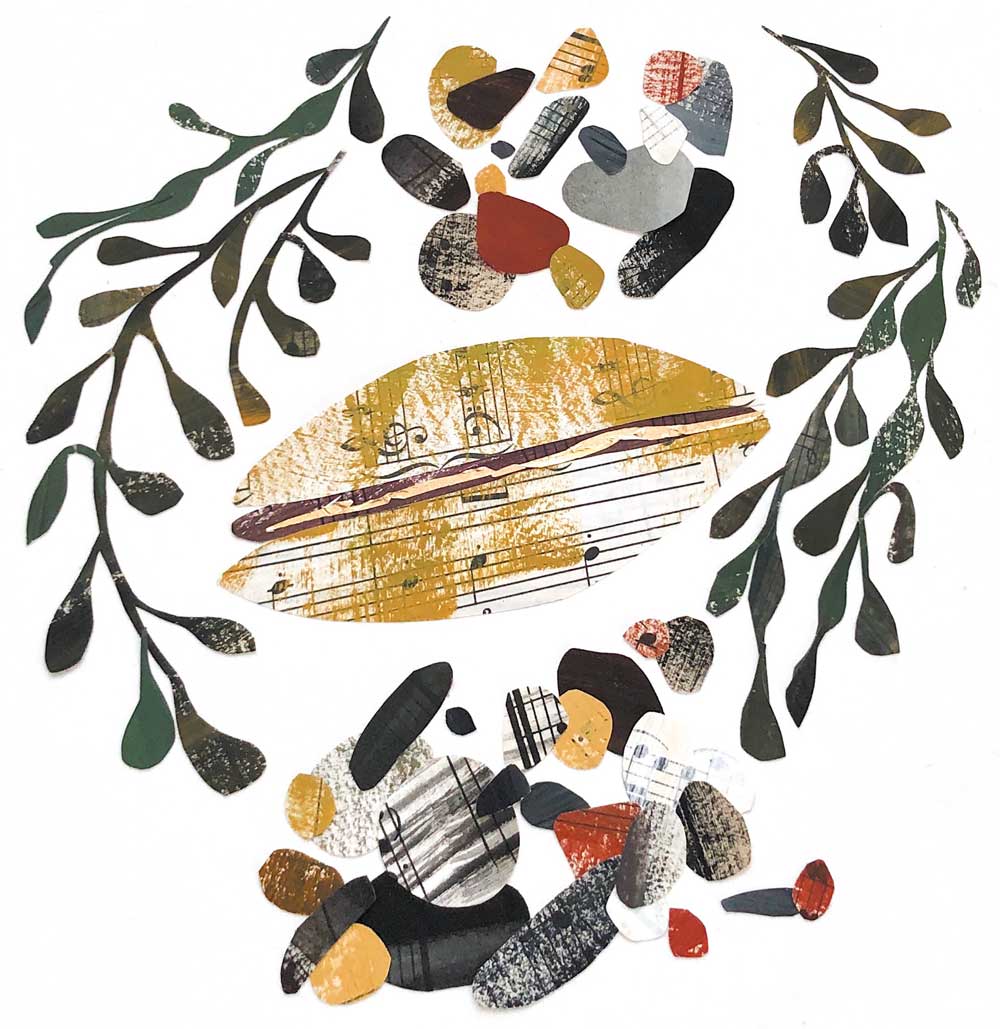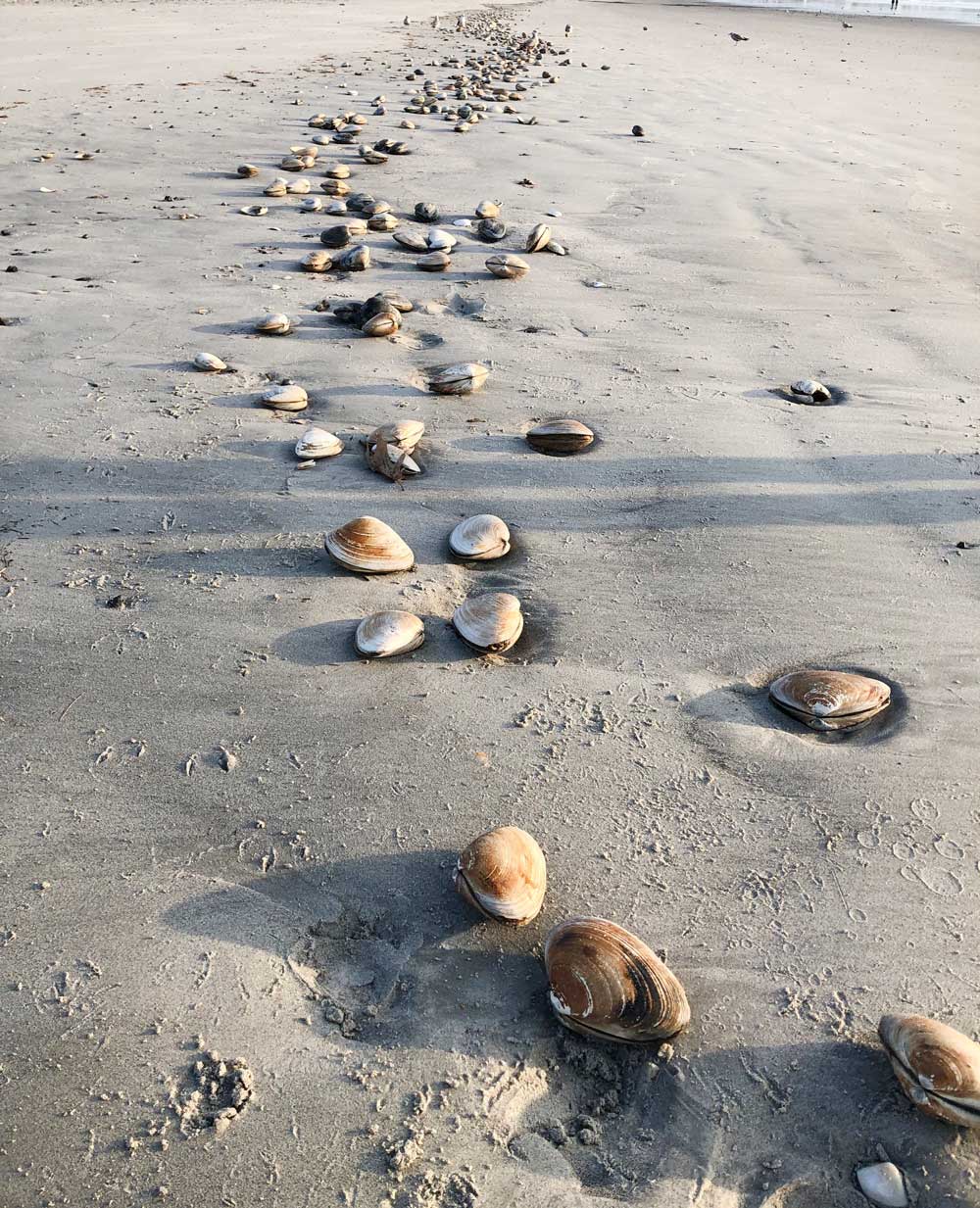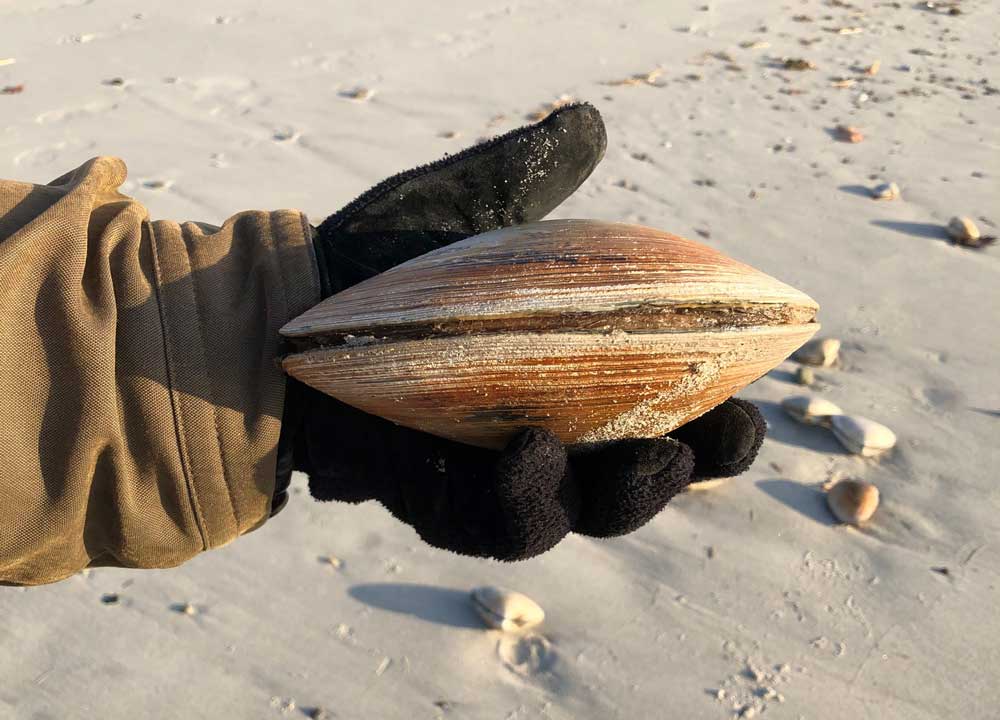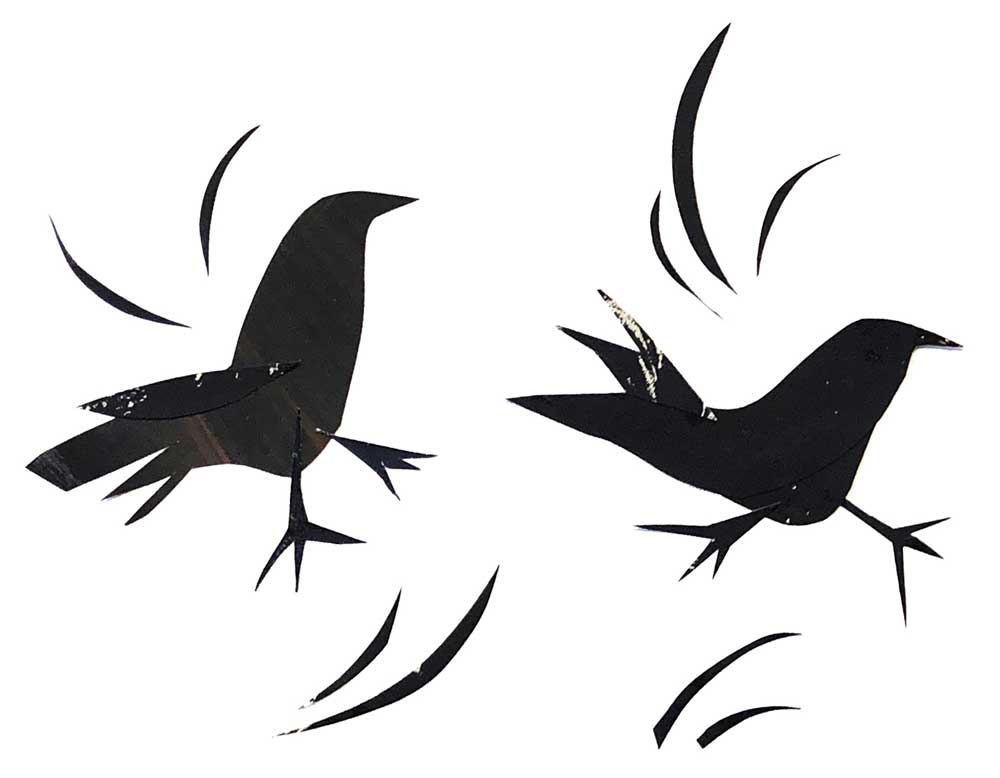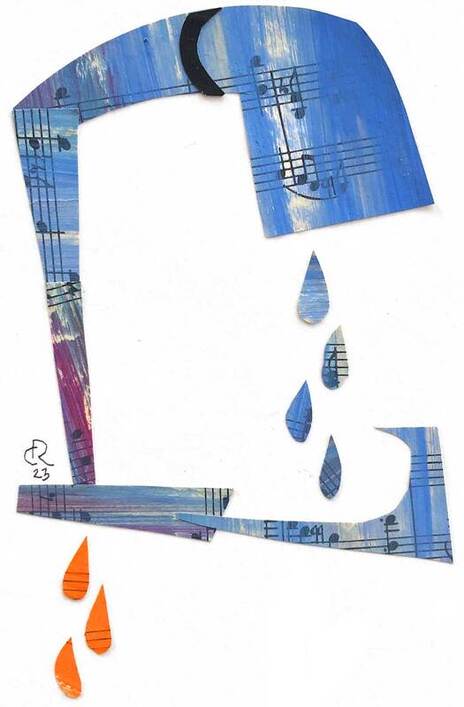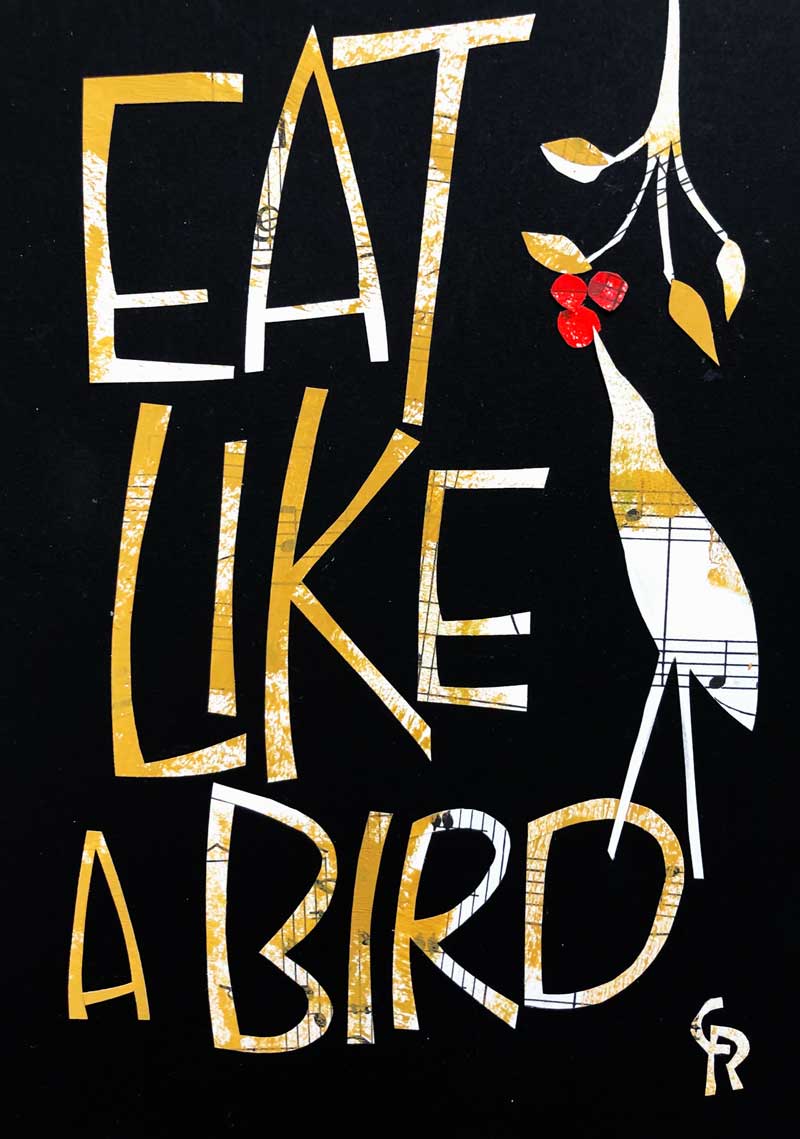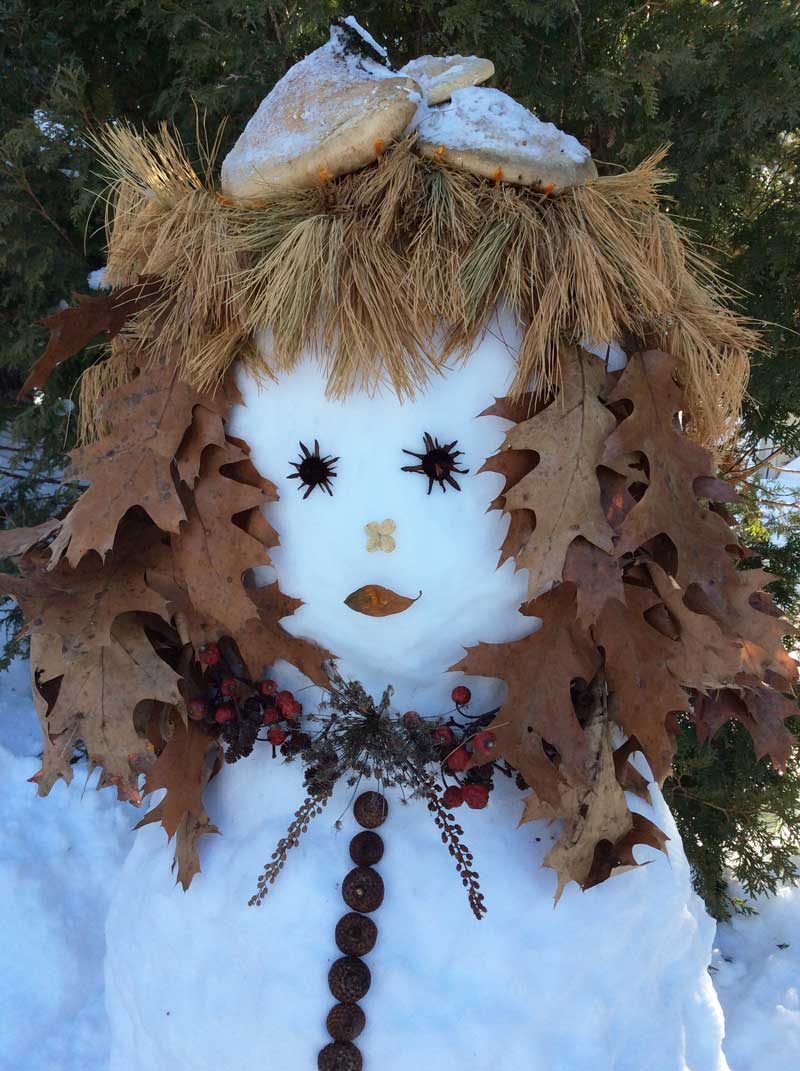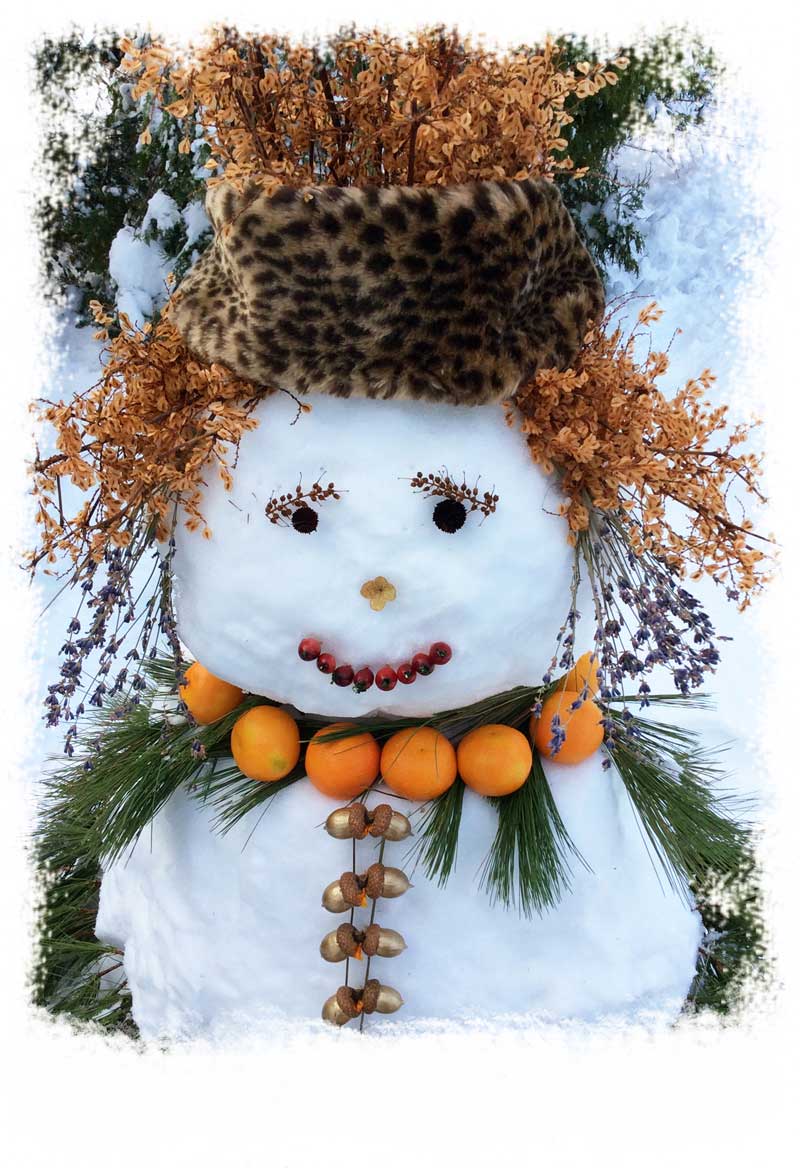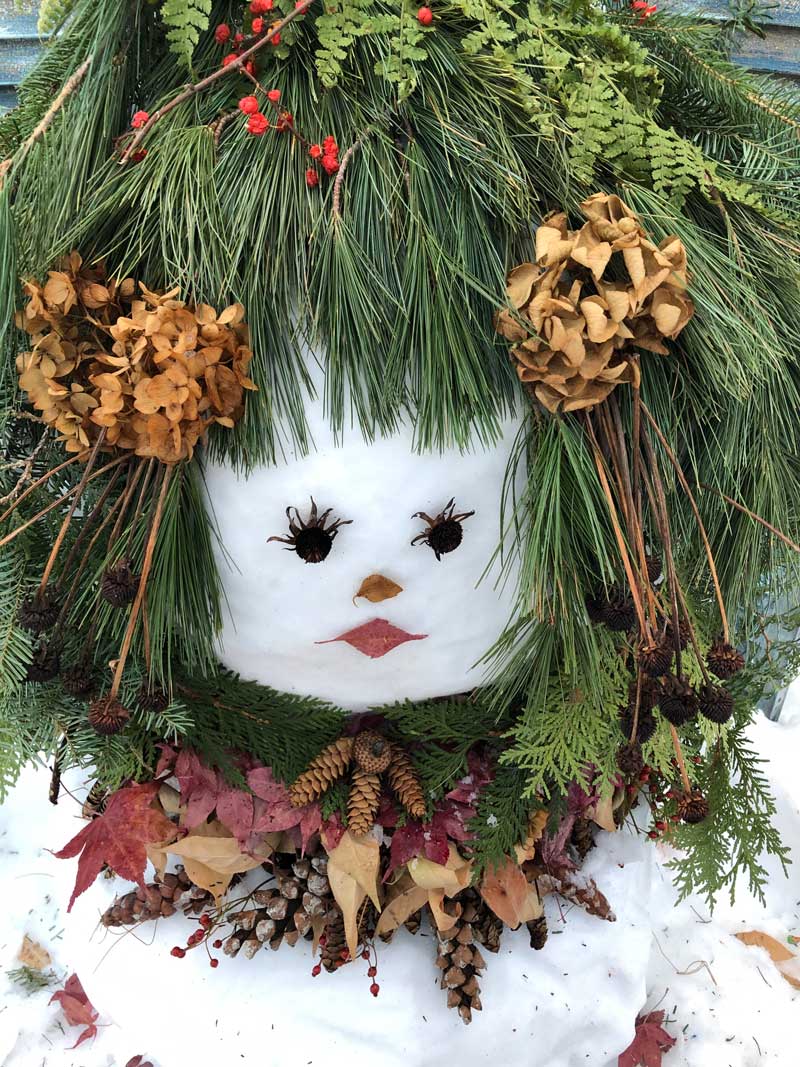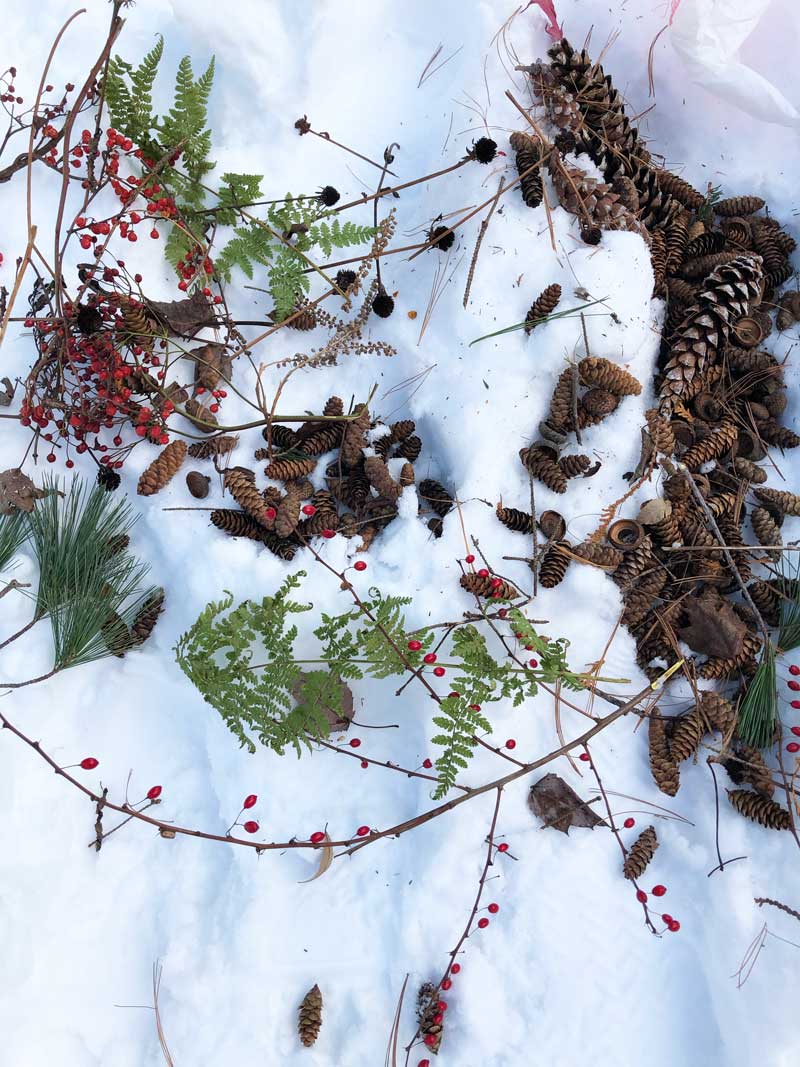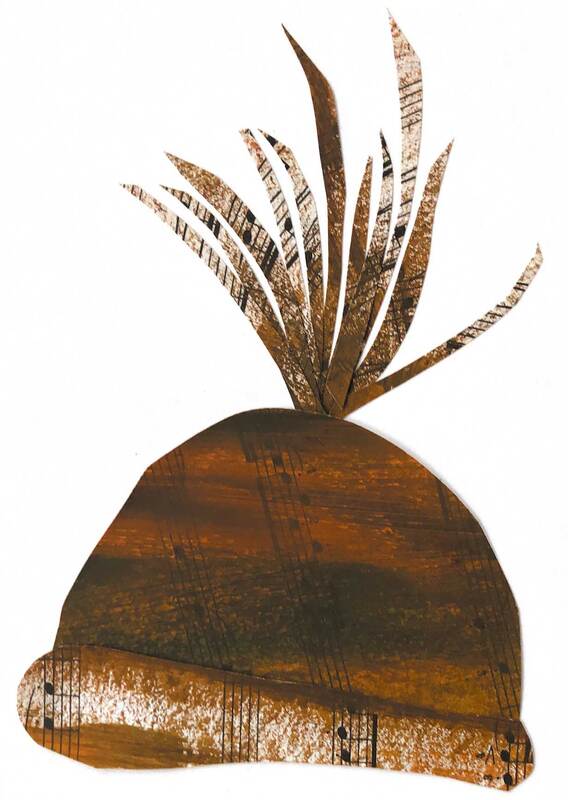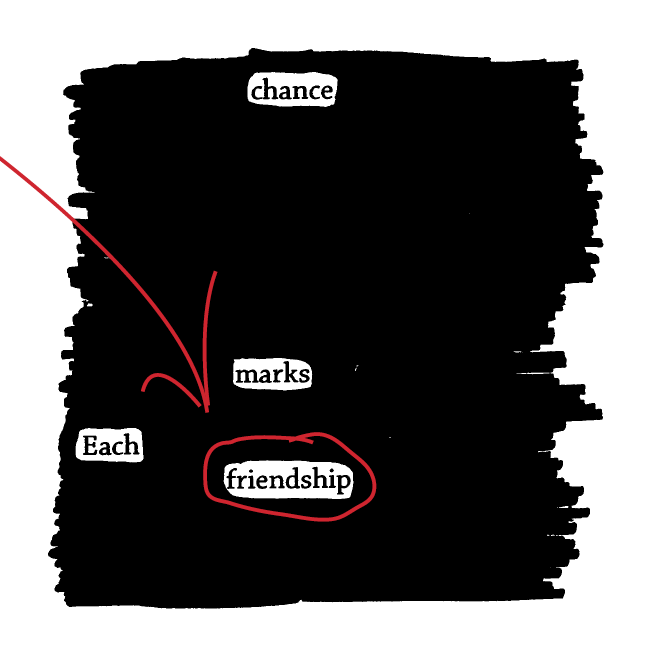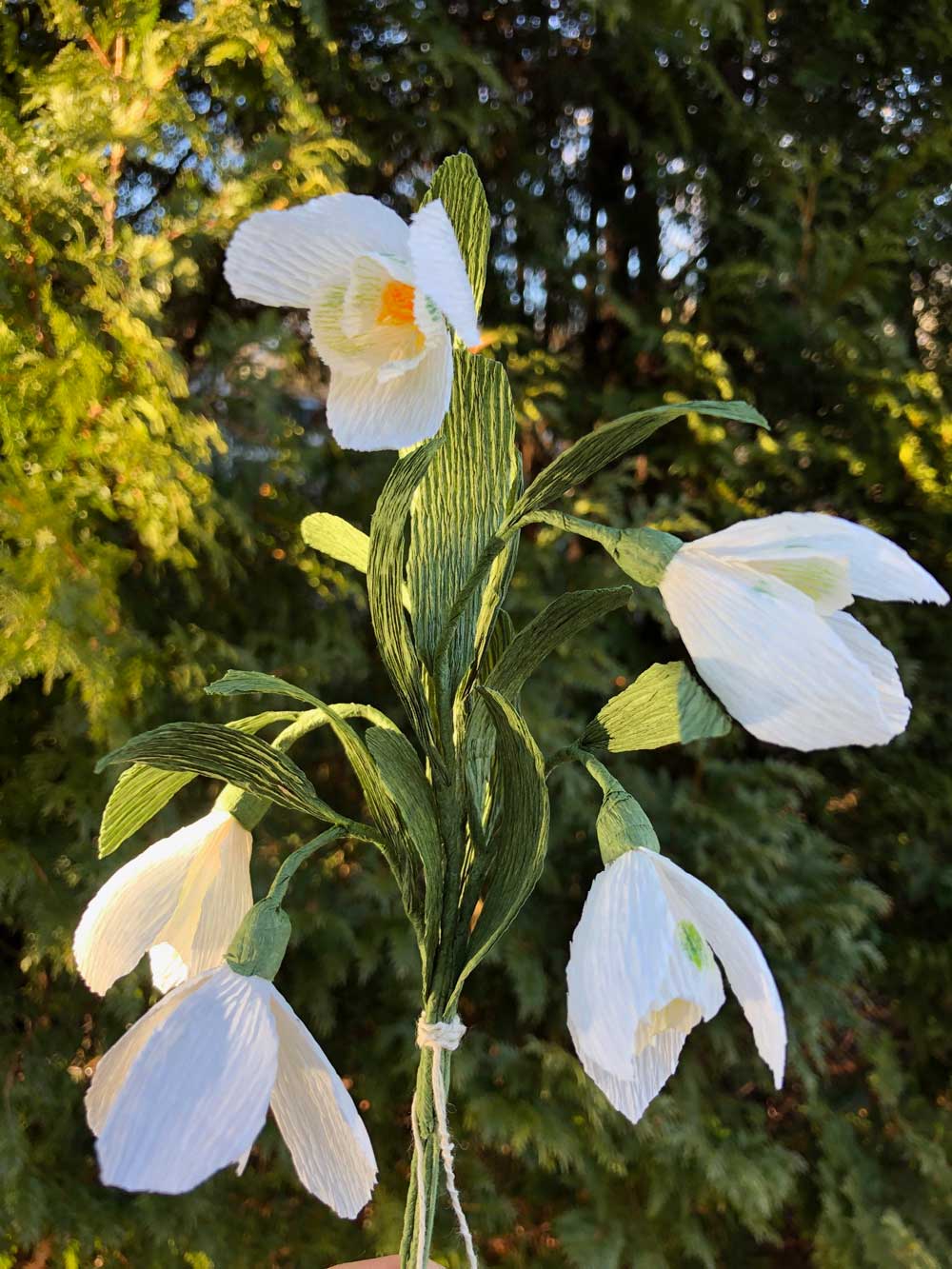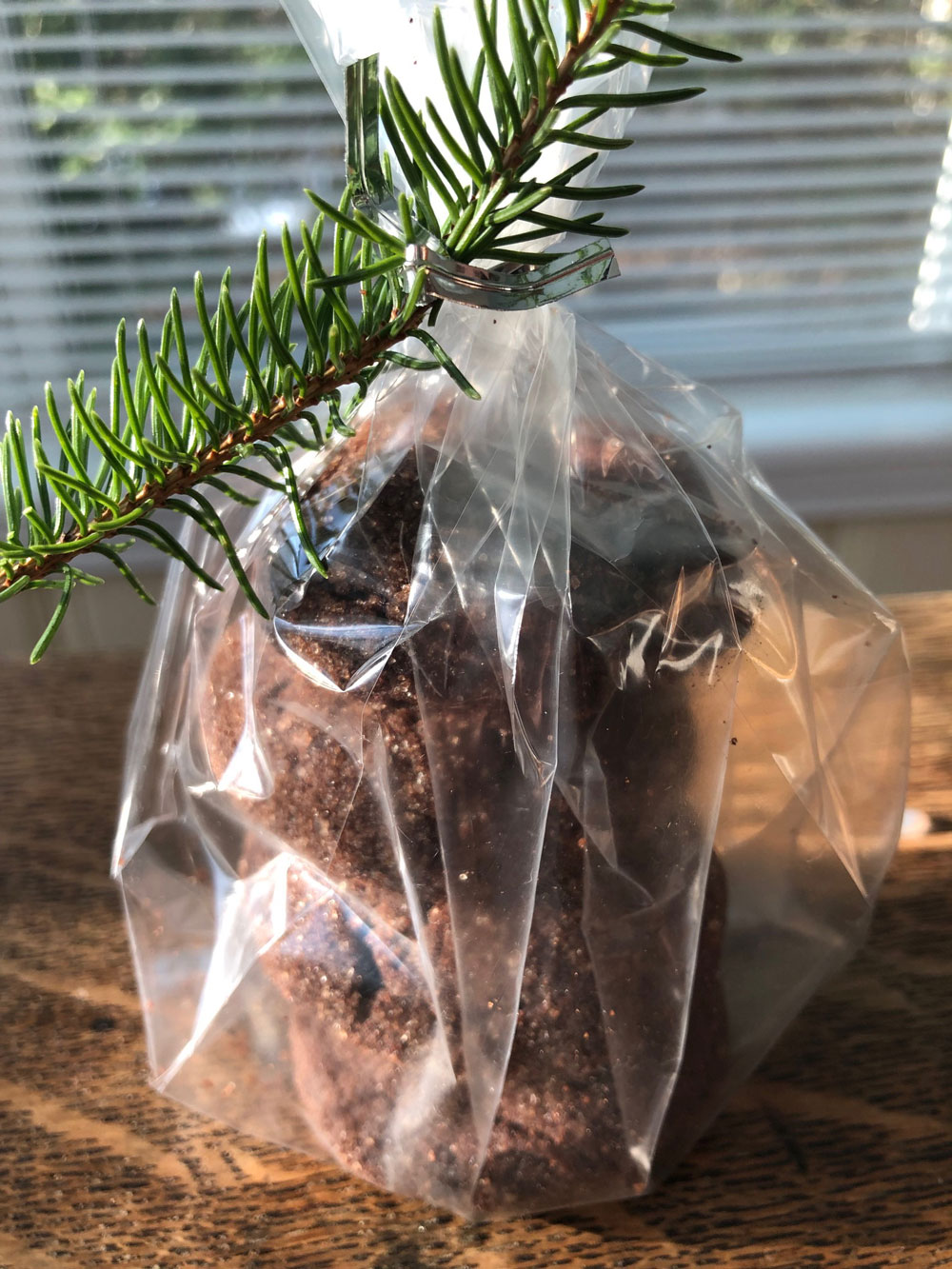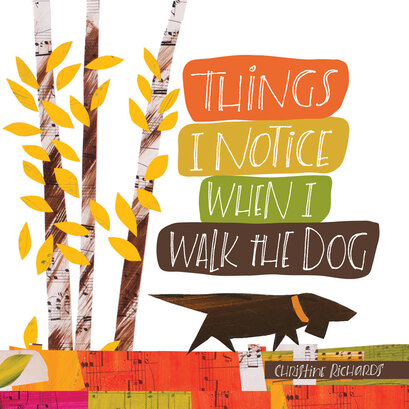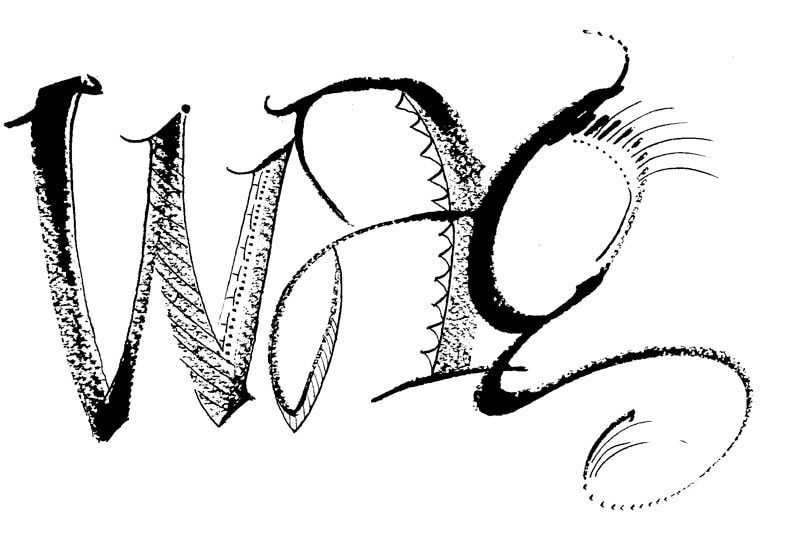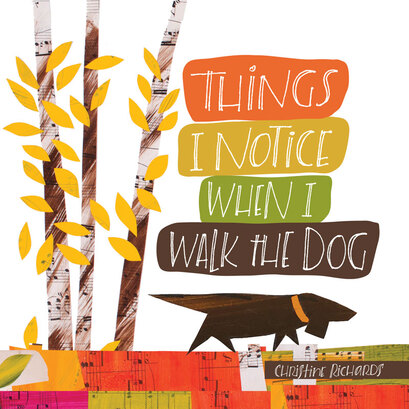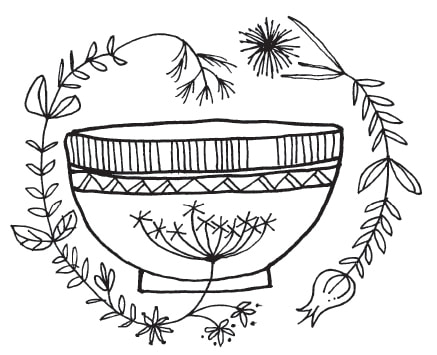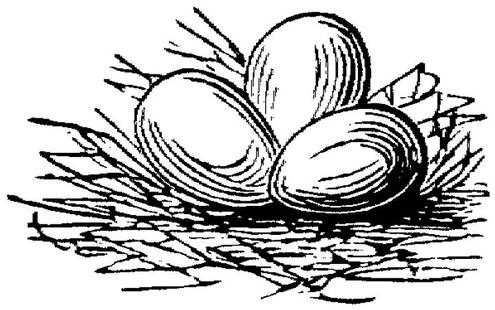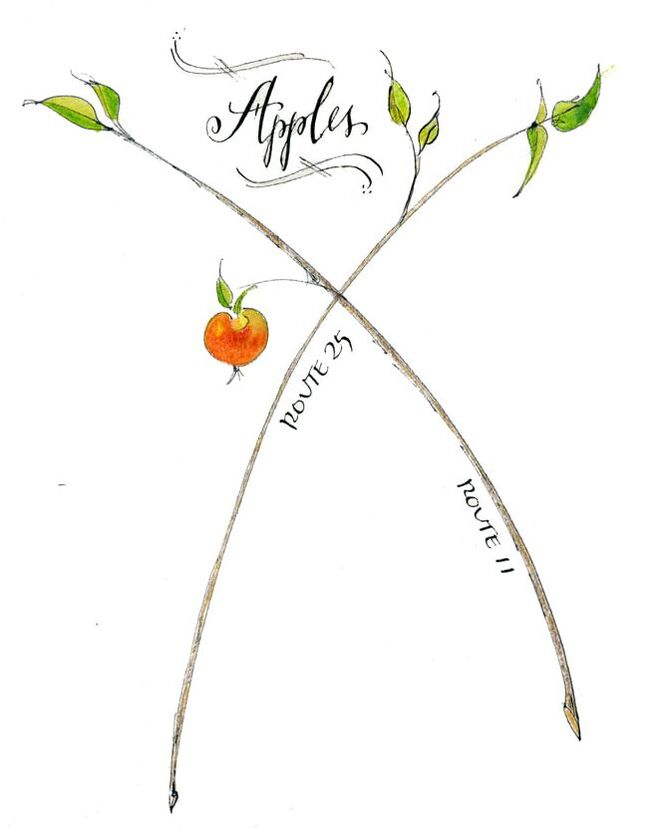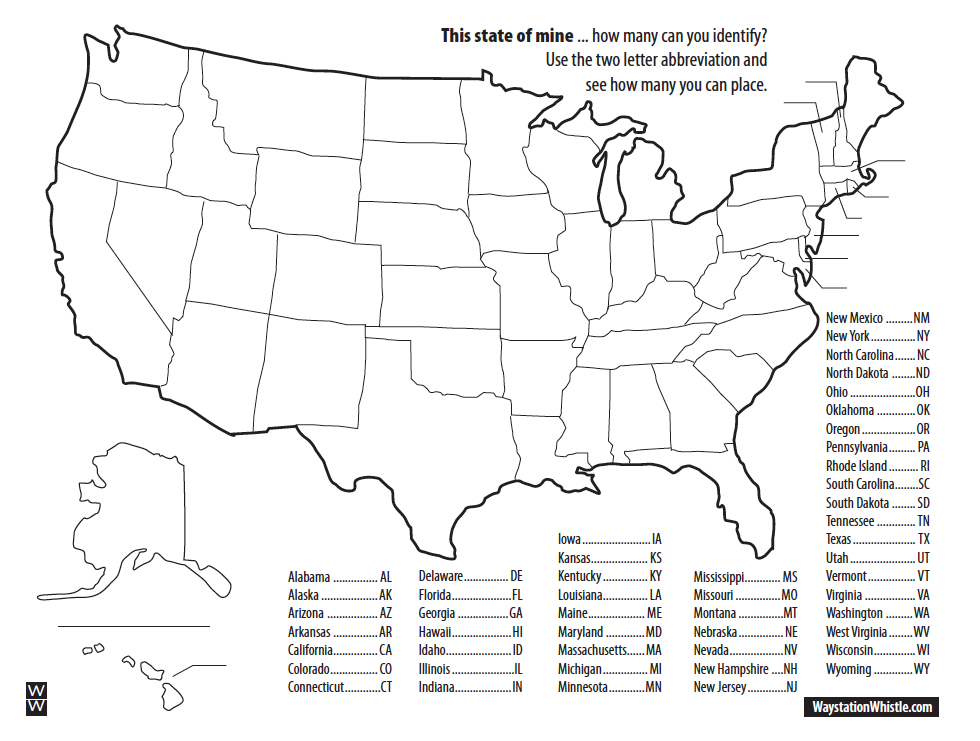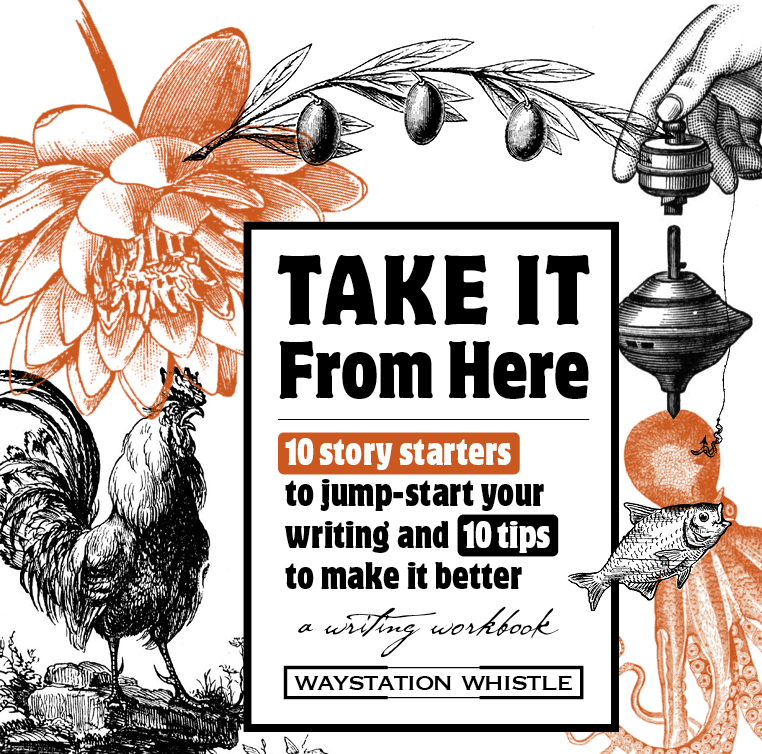|
Work for trade. When I was about 15, I worked on a horse farm, trading labor for lessons ... English style. By the end of my first summer, I had soap defying dirt stains under my fingernails, calloused hands, was agile with a wheelbarrow, and comfortable leading and working around horses. There was a small crew of us and though we worked throughout the barn, we were assigned one horse to tend to. My horse was a beautiful white horse. I cleaned his stall, brushed him, fussed over his long mane, and when it was time for the riding lessons earned in trade, he was my horse. We trotted and cantered, jumped, and I learned to ride bareback. A activity that induced listing to the left, listing to the right, and a paddock bouncing with laughter. Aside from brushing and filling water buckets, hoof care was essential. I learned how to scrape the accumulated mud and muck from the underside of the hoof and brush it clean. Standing by the horse's side, facing his rear end, and starting just above the knee, I'd run my hand down the leg to the ankle, gently cueing him to lift his hoof so I could scrape it clean. I can't imagine doing that today. The last time I got close to a horse was at the end of the Memorial Day parade route where horse and rider stood to greet the crowd. I was astounded at its massive presence. Thursday is National Farrier's Week. I remember watching the farriers when they came to the barn on their scheduled visits. They did the back-bending work of clipping, trimming, and filing each hoof, hammering and fitting the shoe. And with each hoof and each session, there was a flick of the tail and toss of the head. Got some new shoes on.
0 Comments
The reprimand was swift. It was the beginning of class—Typing 101. I slipped a piece of paper into the typewriter, set my fingers in position on the keyboard and started typing.
It wasn't long before I hit the wrong key too many times and allowed frustration to get the better of me. I grabbed the sheet of paper and yanked it out of the typewriter, crumpled it in my hands, and threw it down on my desk. Before it landed, I heard my name. The instructor was not pleased. She directed me to retrieve the paper, flatten it out, and roll it back into the typewriter. She admonished me for treating the typewriter poorly and took offense at the wasted paper. Any satisfaction I felt hearing the zip of the roller as I whipped the paper out of the machine (or crumpling it) was gone. Lesson learned. Since then, I've learned to love typing ... and respect my machine. Friday is National Typewriter Day. How's your typing? Manual typewriters may be relics, but learning to type is a skill worth mastering. Do you hunt and peck at the keys, or are you able to type with all ten fingers ... without looking? Occasionally, I test my typing proficiency at TypingTest.com. Speed is important, but accuracy matters, too. This morning I topped out in the "Fast" level, "Professional" continues to elude. If you're looking to learn to type with all ten fingers or improve your typing skills, TypingTest.com is a good place to start. I was restless and it was late ... far too late to be making noise, so my options were limited when I grabbed the deck of cards that sits on the bookshelf for someday or sometime it was a surprising move because really, they don't get much use, but I thought ... Solitaire, I'll play, Solitaire the cards, still like new, were stiff and slippery, hard to shuffle, and I couldn't remember all the rules so I faked it and won and thought, that was easy too easy so I searched for instructions and found it wasn't so easy after all game after game I lost until I was no longer restless, but tired, and went to bed and played again the next day, and the next and lost again and again and again until yesterday after days and weeks of following the rules ... I aced it on a quiet evening with a full house ----------- While I didn't have a lot to say about playing Solitaire, I wanted to write a short piece about how calming it was to shuffle the cards and how sticking with it (finally) gave me the reward of winning. Solitaire is a good game when you're not sure what to do. Playing with playing cards vs. online adds a physical dimension and allows for less screen time. Here's how to play. The day was cloudy, damp, and difficult, and I never expected it to end on a colorful note.
Though threatening, it hadn't rained all day ... until it did. It was early evening when the clouds broke, the sun blazed through ... and finally, it rained. When it stopped, the rainbow came. There were clouds to the left of us, sun to the right, and there it was, a rainbow. We opened the front door and stepped outside to get a better look. The longer we looked, the brighter it became. It started low in the sky to the left, reached higher and higher until it crested, and dipped lower, lower, and lower still, until we could see through the still-bare trees where it touched the horizon. Might there be a pot of gold at the end? Seemed like it. And then it started sprinkling. I ran inside to grab an umbrella so we could stay outside and keep looking, but when I went to open the big black umbrella, I couldn't do it. How could I open and stand under a big black umbrella when the rainbow above filled the air with light and color ... and something that seemed like a promise at the end of a gray day. I couldn't. Steeped and stirred
We were young twenty-somethings, just settled in a new apartment when a large, unexpected, box arrived—a gift from my now-husband’s grandparents. They had recently visited Ireland, the country they emigrated from years before. While there, they purchased and shipped the gift—an Irish tea set with a delicate shamrock pattern. To say we were delighted and surprised would be an understatement. We were, at the time, living together, unmarried, with no nuptials planned any time soon. It was, it seemed, a blessing of sorts. Was it a sign they had faith in our union? Perhaps—though its first service would be steeped in panic. It was soon after receiving the box that we received word that “Big Nan” was coming from Queens, New York, to visit my husband’s parents. Barely 5'3", Nan was a petite woman, her Irish brogue as sweet as the tea we would sip from the cups they sent. Upon hearing the news they were visiting, I suggested we invite Nan for tea. Yes, my husband agreed, promising to call his mother to arrange a date. But there was no rush, he said, Nan would be visiting for at least a week—there was plenty of time to make plans. But was there? Just a day into her visit, late in the afternoon, the phone rang. “Nan and I want to stop by for a visit,” my mother-in-law said. I was nearly speechless. Ten minutes earlier their heir jumped into the passenger seat of his buddy’s blue and white 1970s AMC Javelin and took off down the road. There were no cell phones—he was gone and there was no way to bring him back. My in-laws were coming and I was going to have to serve tea. With a 20-minute window to tidy the apartment and pull things together, I gathered scattered clothes and books and tucked, dusted, and wiped what I could—all the while wondering, what will I serve with tea? After scanning the cupboard, desperate for an idea, I settled on apple crisp. I turned on the oven, peeled half a dozen apples, spread them in a baking dish, and topped them with a mixture of butter, flour, sugar, oats, and a dash of cinnamon. By the time they arrived, the table was set, the crisp was crisping, and I’d nearly caught my breath. We sat at the table and I poured tea, served the apple crisp, took a deep breath—and let out a gasp. Sweet, petite Nan was eating her apple crisp with one of the small-scale souvenir spoons I had laid out for stirring our tea. In my haste, I forgot to set out forks and they were far too polite to say so. Oh, I blushed and apologized and fumbled for the missing utensils—and felt as though I’d faint. But then we laughed, and they gushed over the crisp, the tea, the apartment, and how nice it was to visit. And it was. It was a visit steeped in humor, stirred with kindness. ------------------ This is just one story of guests, dinners, and cooking mishaps I've had. How about you? Is it an antique ... that letter opener with a bell that sits on the top shelf of my bookcase? If my search on eBay is any indication, no, it is not. I think I paid $12 ... it's listed at $16.95. It's clearly not an antique and it's not worth much, but I'll keep it. It comes in handy when I get a letter tucked in an envelope that's stitched closed or sealed edge to edge with washi tape. And when I receive a hand-painted floral envelope that's just too precious to tear open, like the one that arrived yesterday, it's the first thing I reach for. There's value in the letter opener's utility, but more than that, I like it. It's part of a collection of letter writing paraphernalia: stationery, books, typewriters, postage stamps, and yes, more letter openers (but none with bells). Would I sell it if it were worth more? Probably not. The television show Antiques Roadshow has a clever take on reruns. They broadcast the original program, but amend it with updated values. In the reruns, when an item's value is displayed, they sound a tone. A cheerful chime sounds when an item's increased value is displayed alongside the original value. When the value of a once-hot collectible has gone cold, viewers learn to recognize the dreaded tone that drops notes like the digits in front of the decimal point. So how do we know if something is valuable? Experts on Antiques Roadshow, and elsewhere, recommend we buy what we like ... that's what makes it valuable. So, yes, I'll keep my letter opener with the bell. It may not be worth much, but when the mail comes ... I ring it with gusto. What treasures are on your shelf? Write about it. Pick one item and write about where it came from, or what it means to you. Tell your reader why you keep it, why it's important. Letter openers, figurines, and old books are just objects ... until there is a story attached to them. Tell us what it means to you, and chances are we, too, will see its value. We were steps into our walk on the low-tide beach when I spotted a large clam. A clam as big as a softball, left high and dry when the tide went out. Clamming up When I picked up the clam for a closer look, I marveled at its response ... a slow-motion closing of the gap between its two halves. What was an already narrow gap closed and the clam pulled itself together. It was alive. I walked to the water's edge and tossed it into the ocean ... little did I know it was not the only clam left behind. A wicked storm The day before we'd had a wicked storm. High winds and crashing waves. Farther down the beach we saw another, then a few more. They were tossed and tumbled by the surf, spit from the ocean, forming a line as far as we could see. There were hundreds of them. Atlantic surf clams sometimes known as bar clams, hen clams, skimmers, and sea clams. I'd tossed one back into the ocean, but there so many ... too many to toss into the sea. Would it be the right thing to do, anyway? How long would they survive out of water? We didn't have answers to the questions we were asking ourselves. But the questions kept coming Without the storm surge, would the returning tide come in far enough to pull them back into the sea? We weren't sure. Nature's way So we did what we knew best ... let nature do what it does. Tumble, toss, and confound us with its power, destruction ... and beauty. Just as it did on that blue-sky day after the storm when it offered an all-day clam buffet ... to the seagulls. This story was prompted by World Aquatic Animal Day listed on the free, weekly Story Starter Calendar.
If you're looking for things to do or practical writing practice, grab your free calendar. It's got something to think about every day of the week. The CRoW in tHe SNow sEEmed to let iT aLL GO. It froliCKed and fLUTTered and fANNed hIGH and LOw. PreeNing oR pLAYing, I'm sURe I dON't KNow. BUt let Me jUSt say ... Ohhhh, whAt a ShOw. Oftentimes, there are events you want to capture, but as a stand-alone story, there's just not enough material to write more than a few sentences.
When that happens, try a narrative poem. It's a storytelling form of poetry you can use as a tool to share snippets of your life. Moments in time that bring joy, clarity, or greater understanding. I've never seen a playful crow ... they keep their distance, often conjure (undeserved) negative vibes, and perch and fly with purpose. Off-guard displays of preening and play are not common ... at least not in my experience. I wanted to remember the crow and how such a seemingly upright, formidable bird let it all go. It's a reminder to seek, observe, and remain open to discovery, surprise, and wonder. And when there's not much to say, but saying it is important, write a poem. Are WE HANdy beCAUSe WE hAve some sPEciAL tALent, or BEcause wE Try? He checked the basement when the outside temperature fell to 5 degrees, Fahrenheit.
At first, the ragged shape on the cement wall looked like a shadow cast by the light fixture with the pull-string cord knotted at the bottom. But it wasn't. It was moisture. We had a leak. Was it the frozen pipe we were feared that frigid night ... a burst pipe leaking water, wreaking havoc? We grabbed a flashlight and followed the telltale shimmer on the copper pipe above the damp spot on the wall that was below the kitchen sink. Up, up, up, we went to the drip, drip, drip coming from ... the faucet stem. Is this something we can fix ourselves, we wondered? Let's look. No. We need a plumber. But wait. Three days ago the hose connected to the faucet was dribbling. The connection was loose. I tightened it. So now, we wondered ... Maybe it's the seal, it needs a new washer. It did. The unscrewed connection revealed not a worn washer, but a frayed o-ring. Oh ... we can fix that, we said in unison. And we did. We dried the wet, fanned the moisture, gave one another a high-five and exclaimed ... Are we handy, or wHAt? ----- Yes and no. Changing one o-ring won't make anyone "handy." But having the willingness to try, does. Because more often than not, there's no instruction manual for the exact problem that needs a solution. So we read the manual and try this, or that, and see what happens. With each attempt, we store what we've learned in a memory folder labelled, "Try this, it worked last time." And that's what makes us handy ... and creative and artistic. The trying. So, give it a go. Shine a light and see what shimmers. I've never been a picky eater. Not really. This is Jell-O Week and it reminds me of one of my favorite holiday treats when I was a girl ... my grandmother's jello, served with the meal, not after. She mixed fruit in with the jello, layered it with whipped cream, and served it in a parfait dish that was undeniably festive ... layer upon layer of jello and whipped cream visible through the clear glass sides of the parfait bowl. Having a dessert-like dish served with the meal seemed so decadent ... even on a holiday. My first experience with anything other than fruit as jello mix-in was with a gelatin meat mold that was served at a dinner where I was a guest. Pieces of carrots and sliced beef floating in the congealed gelatin. I'd never seen such a thing, and wasn't sure I liked what I was seeing. But we were visiting and when it was passed around the table, to be polite, I placed a small spoonful on my plate. One bite and I was done. Nope, not going there. A more recent, and pleasantly surprising, gelatin dish I've discovered is coffee "jelly." Simple and refreshing. Friday is National Cabbage Day and a friend has tried again and again to convince me that lime jello with cabbage is good. I'll take her word for it. Would you or wouldn't you ... or have you tried lime and cabbage jello, whipped up a batch of coffee jelly, or served a savory gelatin dish? Share your story in a letter, an essay, or a conversation and see what gels. The rush to get it done ...
It was a last minute addition to the menu: chocolate avocado pudding. No stovetop required, just blend and chill. But was late in the day. It would be a rush to get the pudding made, chilled, and ready to serve. But it was possible. With the familiarity that comes with having made the recipe a number of times, I cut and pitted the avocado, measured the cocoa powder, maple syrup, milk, and vanilla, and whipped it together. After spooning the pudding into individual serving bowls, I slid the bowls into the freezer for 15 minutes to speed the cooling. When I reached back into the freezer to transfer them down into the refrigerator, condensation had formed on the outside of the bowls, and they were slippery. One down, two down, three, and things were going well. When I lifted the fourth, the bowl slipped from my hand. Boom. It hit the floor. The bowl didn't break, but the jolt tossed the pudding from the bowl and it sprayed in every direction possible ... landing on my slacks, my sleeves, in my hair, on my face, and surrounding kitchen cabinets. The first gasp I let out was for the bowl as it slipped from my hand. The second, for the dollop of pudding that landed on my cheek. And the third, loudest of all, came as I slid to the floor, in a full split, when I stepped forward and lost my chocolate-covered footing. Oh, I wanted to cry, almost did cry, but the dollop on my cheek slid down and touched my lip. Huh? Pudding ... sweet ... cool ... so good. And then I laughed. Yes, I got the pudding made, but I'd also created a lot of work for myself when it came to cleaning up the mess I'd made. National Don't Cry Over Spilled Milk Day reminded me of my pudding predicament and another saying: haste makes waste ... yes it does, and it puts you down one serving, puddin'. I hope you use the weekly Story Starter calendar of days to write and share your stories. Some days may resonate, others, not so much. But most weeks I hope you find one or two that prompt something ... for something to do, a conversation to have, a letter to write, a collection of stories worth sharing. I don't have anything for Ballet Day, do you? If you're not already getting the calendar, sign up today! -------- p.s. for the grammar buffs: Is it "spilled" or "spilt?" It's listed as "National Don't Cry Over Spilled Milk Day," but when it came to my collage, I liked the alternate spelling, and decided to with "spilt." Weeks into winter, we were 17" below average for snowfall, and then came the storms, one after another, and they dumped enough snow to make up the deficit. After the first storm it seemed we were living in a snow globe. Snow covered rooftops, trees, and streets ... for days. It was beautiful. After the snow came, I realized I missed the hush of a snow-covered landscape and the crisp air and blue sky that follows. But winter is cold, often frigid, dark, and sometimes it seems like spring is just so far away. One way to get through it is to get outside. This is Snow Sculpting Week. For the past 15 years, I've made a winter beauty for my Happy Snow Days greeting card that goes out in December. Sometimes I plan ahead and make one in January or February for the following year. Other times I take a chance and hope for snow early in November or December ... and it's always worked out. Until it didn't. For the first time in 15 years I didn't have a winter beauty for my winter greeting card. It was a mix of disappointment ... and relief. Every year I shiver at the thought of going outside to start another ... afraid I won't come up with anything as good as what I've done before ... worried I won't find the right materials or create the right expression. And it's cold. Each one takes about two hours from start to finish.
I struggle with the thought of heading out into the cold and wring my hands and furrow my brow with concern. About halfway through, I have serious doubts. I take photos from the left and right to gain a better perspective ... to figure out what working, and what's not. Forage again for a different leaf, sprig, or twig to make the mouth right. Or the nose. My fingers get stiff with the cold and by the time I'm done, the cold has reached my core. Creating, making, and building things come with challenges. It's to be expected. With each winter beauty there was doubt, but when they were done, I felt a sense of accomplishment, glad I braved the cold and pushed aside my doubts. But I cannot ignore that sense of relief I felt when it didn't snow. So I've been mulling it over. ... will I make another, or have I done all I can do with them? How do you know when to stop? When persistence no longer applies. When walking away from a project you've enjoyed is the right thing to do? There's plenty of snow on the ground, but I'm not sure ... We stopped to chAT with the lady in the hAT. She wAS, like us, dressed foR the weaTHer ... wHEther shE liked iT or nOT. The weaTHer thAt is. WinTER weaTHer. WhETHer it'S brISK and brIght or gray like tOdAY, we bUTTON and bOOT it. Then we snAP, zIP, and tUCK it, tOO. bUT we'D qUIVER and shiVer if thAT was aLL thAT. So wE pAUSe and we pONDer for thAT which iS thAT ... WhERe's my hAT? This poem came together over the course of a few days with the help of a thesaurus and a rhyming dictionary.
Both are helpful in similar and different ways. The rhyming dictionary does just what it sounds like, finds words that rhyme with one another ... in this case I was looking for words that rhyme with hat. Quiver and shiver came to me without the dictionary ... but maybe they were inspired by it? The thesaurus is, I think, a sometimes overlooked tool for writing. Word choice makes a difference. A friendly competition
We've got a friendly competition going here, and maybe you do too, in your household, with Wordle, or maybe with Jeopardy questions, a crossword puzzle, or board game like Scrabble. Without fail, at some point during the day, one will ask if the other has done Wordle and log in with how many tries it took to get to the answer. It's a friendly competition, though occasionally when I suggest I'm giving in because it's taking too long, I'm confronted with the challenge to hang in there. I usually do, but really, it's suppose to be fun. If it becomes frustrating or it's taking too long, I'm all set. Word nerd A few of you let me know how well you did identifying all the states on the map of the U.S., so here's another challenge. Tomorrow is Word Nerd Day, and I can say with pride, I am a word nerd. Editing? Bring it on. Spelling? Just ask. Writing? It's hard to get started, but once I do ... To celebrate Word Nerd Day, I'm sharing a blackout poetry exercise that's all about finding and choosing words. Click on the image above, or here, print the pages and try it. And if you've got a friend who might be interested, share it with them. Chances are you'll have entirely different results ... it's surprising how many variations can come from the same text. And don't let the title, Holidays, put you off, it's not what you might be thinking. And share your results, I'd love to see what you come up with. Note: the example above is not from the same text. You can simply blackout the words you don't need, like I've done, or create a more illustrated version of blackout poetry, like some of these. Happy New Year The month of January is hobby month, and I decided to share my paper snowdrops because they're cheerful ... especially when photographed in the sunlight. Turns out, snowdrops are also the flower of the month for January and, not surprising, they represent hope and rebirth. Excellent! The flowers I make are the ones that capture my attention. It's that simple, really. There are no ulterior motives ... other than hoping I have the paper and supplies I need on hand ... and finding the instructions and tips I need to create them. When I did the research on snowdrops, I held my breath, worried that the flower might symbolize something unfavorable. What then? I was glad that the snowdrop represents hope and rebirth, but maybe I don't need to worry so much about it. Every flower I've researched has multiple meanings. Each one, in some way, symbolizes hope, love, and sorrow ... the very things life embodies. Symbolism ... is it helpful or a hindrance? Like flowers, the new year is full of symbolism ... endings and new beginnings, a fresh start. Have you made resolutions? Yes. No? Either way, maybe the best we can do is focus and apply ourselves to the things we want to create, do, or change; work at accepting what can't be changed; and in the meantime, pause to see the wonder that surrounds us. The remarkable petals of a flower, the sound of the wind through the trees, the tears that come when you chop an onion, or the comfort found in a spoonful of warm soup when there's a chill in the air. But most of all ... remember that starting or staying with something new is never easy, but persistence is key. Happy New Year! Mother of six bakes cookies, hides them in the washing machine. As I study and experiment with different ways to tell stories, one method I'm experimenting with is telling a story in one sentence. It seem like an easy task and in some ways it is, but the key is to use words that load your story with enough information to garner interest, build mystery, or add humor. Of course I never knew my mother hid cookies in the washing machine. It was a brilliant move. After all, who was doing the wash? Mom. Who was baking the cookies ... and maybe wanted to save one or two for herself? Mom. And who didn't want to hear, "___ and ___ ate all the cookies and I didn't get any."? Mom. Today is Bake Cookies Day. I've been baking a lot of cookies these last few weeks, and while I don't need to hide them, I do like to bundle them up and give them away. The cookies in the photo above are Mexican Hot Chocolate Cookies (note: I cut the 1-1/2 cup sugar measure to 1 cup in the batter and they're plenty sweet). Oatmeal Raisin are always popular and remain one of my all-time favorites (note: I don't add the cinnamon). And this time of year, I do like a Pfefferneusse cookie, though I'm looking for a new, spicier recipe than the one I've been using ... if you have one would you share it? Thanks. One sentence memoir Are you a baker or a cook? How many stories could you bring to life in one sentence? The bagels were good, but it was the dog biscuits that kept me going back to the bakery in the square where they made fresh-out-of-the-oven dog biscuits along with bagels, cookies, and cakes. So it became a routine after our walk on the other side of town to stop at the bakery for a bagel and a biscuit on our way home. I'd park the car and as I got out, say, "Time for treats." And she'd track my every step ... from the car to the bakery door and back again. When I returned to the car, she'd thump, thump, thump her wagging tail against the seat back and quiver with anticipation. Leaning forward she'd press her nose between the front row seats and sniff the air as I put my coffee in the cup holder and reach into the small white bag for the treats ... mine and hers. Until the day there were none. Dog biscuits that is. Sold out they said. When I returned to the car, I put the coffee in the cup holder, and said, "Sorry, Ag, no biscuits today." She let out a whimper. "I know," I said, "I'm sorry." And she whimpered again ... and again. And again. So I reached into my pocket to offer up a dry, everyday, boring biscuit that I called a treat but knew, today, it really wasn't. Bakery biscuits were the real treat, and she knew it. I reached back and held the biscuit steady for her to take it from my hand as she had so many times before. But not today. No. She turned her head to left, lifted her nose, closed her eyes, and went silent. There would be no more wagging, no more whining, and certainly no substitutions. Read more of my adventures with Agatha ...
The half-eaten frosted Pop-Tart with sprinkles sat on a napkin on the cashier's stool. I was second in line at the fish market and when I stepped forward, the Pop-Tart popped into my line of sight. It was undeniable ... the shape, the color, the size ... it was a Pop-Tart. "It's been a long time since I've had a Pop-Tart," I said to the cashier. "Me too," she said. "It was gifted to me by a friend." We both laughed. "Is it from a bakery?" I asked. "No, it's real," she said. And we laughed again. I asked if it was real because there are bakeries that recreate nostalgic favorites ... like the Ring Ding A Ling at one of my favorite local bakeries. Ring Dings were a rare, favorite treat when I was a kid ... especially when they were wrapped in foil. Tomorrow is Comfort Food Day and while a Pop-Tart might not be my first choice ... and guessing from the cashier's laughter, unlikely to be hers either, we both enjoyed the nostalgia it generated. What are your comfort food favorites? Seems I've got a hankering for a Ring Ding ... foil or no foil. It was on the menu ... the adult menu, not the children's menu. And I wanted it. French toast with a schmear of peanut butter, topped with sliced bananas, maple syrup, and whipped cream. It was what I wanted, but it seemed so decadent, childish even, for a young woman having brunch with her new in-laws to order something like that. An omelet, or even pancakes it seemed, would make a better impression, be more mature. But the omelets, the pancakes, the over-easy eggs, even the crispy home fries couldn't hold my attention. So I ordered it. French toast with a schmear of peanut butter, topped with sliced bananas, maple syrup, and whipped cream. It was delicious. A layered sugar bomb sweetened with my father-in-law's delight ... at the thought of it when I placed my order, and the sight of it when it came to the table. I sometimes wonder if he, too, wanted to order the French toast with a schmear of peanut butter, topped with sliced bananas, maple syrup, and whipped cream, decided not to ... but was pleased someone else did. Glad it was me. Tomorrow is National French Toast Day ... how do you like yours? We once went apple picking and needed a map to find the place. Days later, I drew a simple one, this is how it started.
Maps (and geography) came up again this week with the question of where one state was situated within the United States. We weren't sure. So the challenge was presented ... how many states on a blank map of the United States could you place? We challenged one another. I was certain I'd get most of them. He wasn't convinced he (nor I could place them). Turns out he was right. Living in the Northeast, I was able to identify all the states around Maine ... and along the east coast and west coast. A few others like, Louisiana, Texas, Oklahoma, Michigan, and Idaho I got because I remembered them by their unique shape. Buy Idaho potatoes and chances are, there's an image of the state on the bag. Same here in Maine. It was in the middle of the country where things got muddled. It's Geography Awareness Week ... so how do you think you'd do identifying each state? I created a printable blank map you can download. It's a two-page PDF ... page one has all the states, but is blank, page two identifies each state. Try not to look at that until you've tried filling in the blanks. And if you need help, engage someone and start a conversation ... after all, it's Better Conversation Week. Or, send a map to a friend and challenge them, too. In the spirit of National Game and Puzzle Week, use the map to create other challenges ... identify all the states you've lived in or traveled through, or see if you can list the capitol of each ... or quote the state slogan, or identify the state flower or bird. |
Whistlestop Blog
Enjoy a story and find inspiration to write one of your own. Categories
All
|
